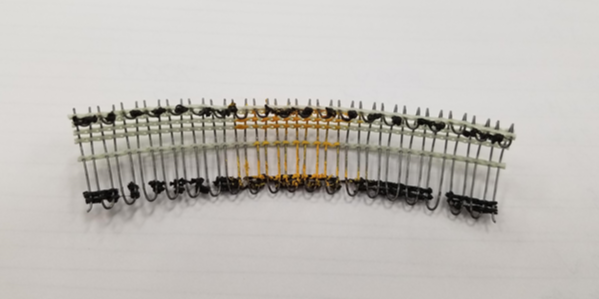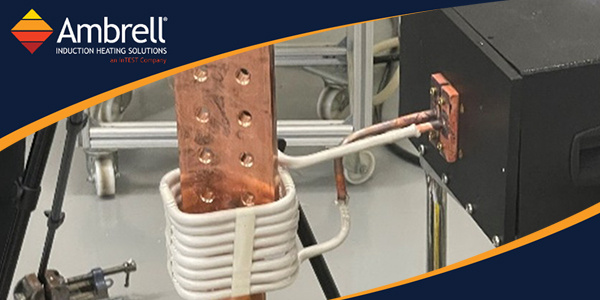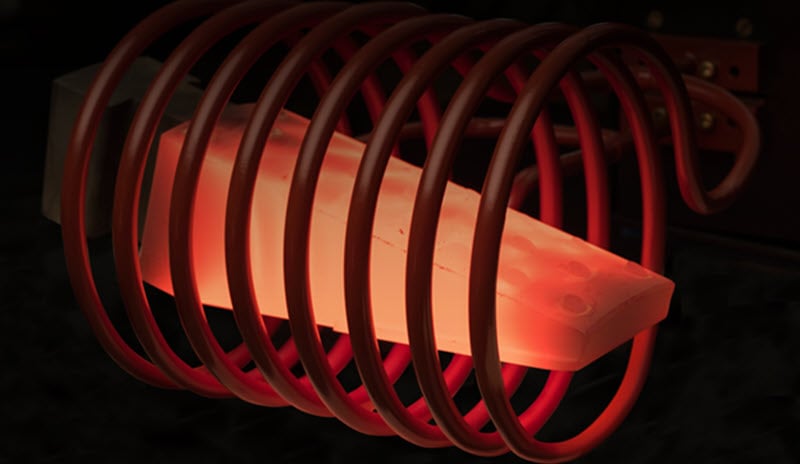How Researchers and Universities Use Induction Heating
Induction heating, a process that uses electromagnetic induction to heat electrically conductive materials, is often thought of for large industrial...
Applications
Applications: More
Applications: More

Industries:
Industries: More
Industries: More
Industries: More

Products:
Products: More
Services: More

Learn:
Learn: More
About:


A client from the automotive industry came to THE LAB at Ambrell with a bonding application. The rubber on their steel wire strip wasn't melting properly so they needed to add heat. This was a new process for the customer and they wanted THE LAB to help them prove out their bonding application.
More induction bonding application notes
The LAB determined that an Ambrell EKOHEAT® 45 kW, 50-150 kHz induction heating system with a custom-designed single position multiple-turn helical coil would be the optimal solution for their application. The target temperate for this bonding application was 325 °F (163 °C).
Initial tests were conducted to optimize the power delivered to the part. Temperature indicating paint was then applied, which dissolves when the part reaches the target temperature. Ten rubber mold samples were heated at five different voltage settings (two samples per setting) to see if the wire bonded appropriately within the rubber mold. Testing from THE LAB confirmed the feasibility of the heating process for the customer.
Induction heating offers several benefits compared to other heating options. Induction heating is extremely precise and consistent. It's fast, so it can lead to a reduction in process time. It also saves energy compared to many other heating processes. Another benefit is glue may be used with induction in the sealing process.
If you have an application you'd like tested, contact THE LAB to take advantage of complimentary induction heating application testing from our expert applications team.

Induction heating, a process that uses electromagnetic induction to heat electrically conductive materials, is often thought of for large industrial...

Objective A company had been using a flame for brazing copper assemblies to make electrical components, but they contacted THE LAB at Ambrell because...

Induction heating is a highly efficient and versatile technology with numerous industrial applications. Unlike traditional heating methods that rely...